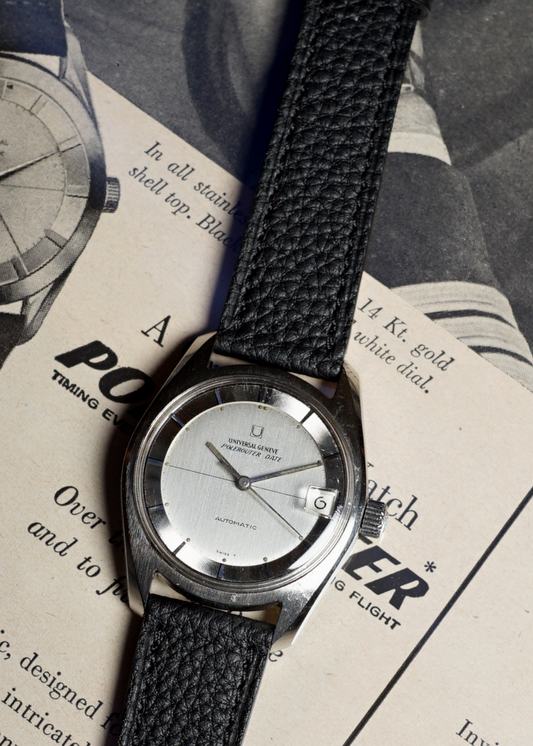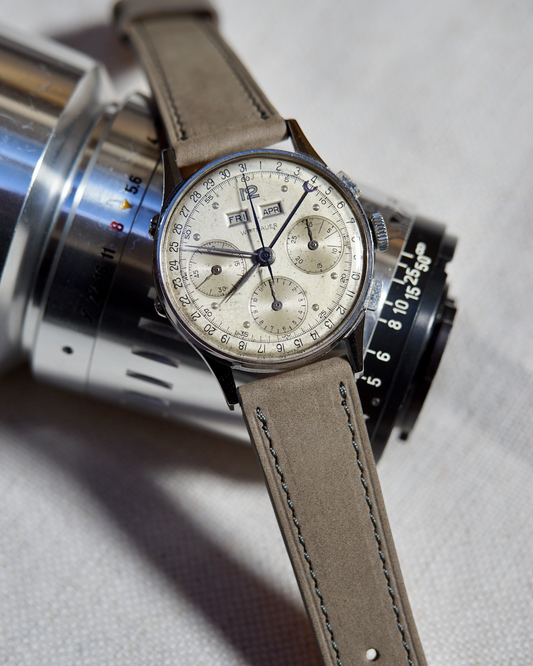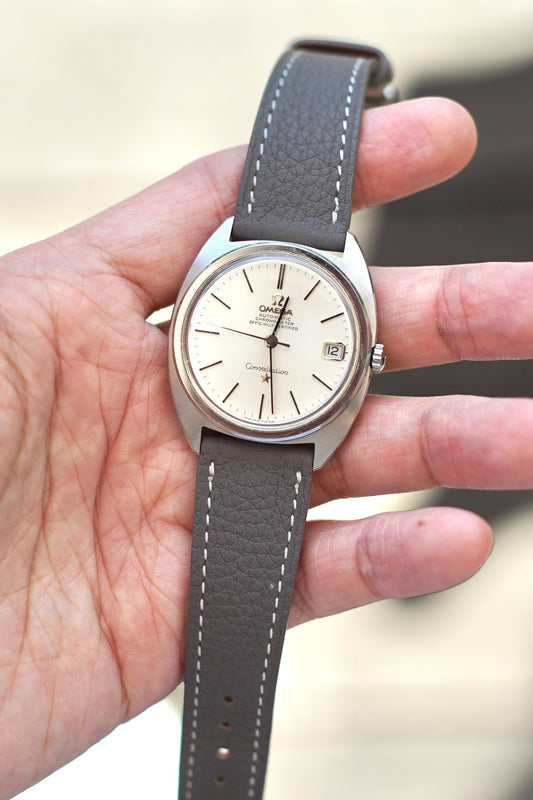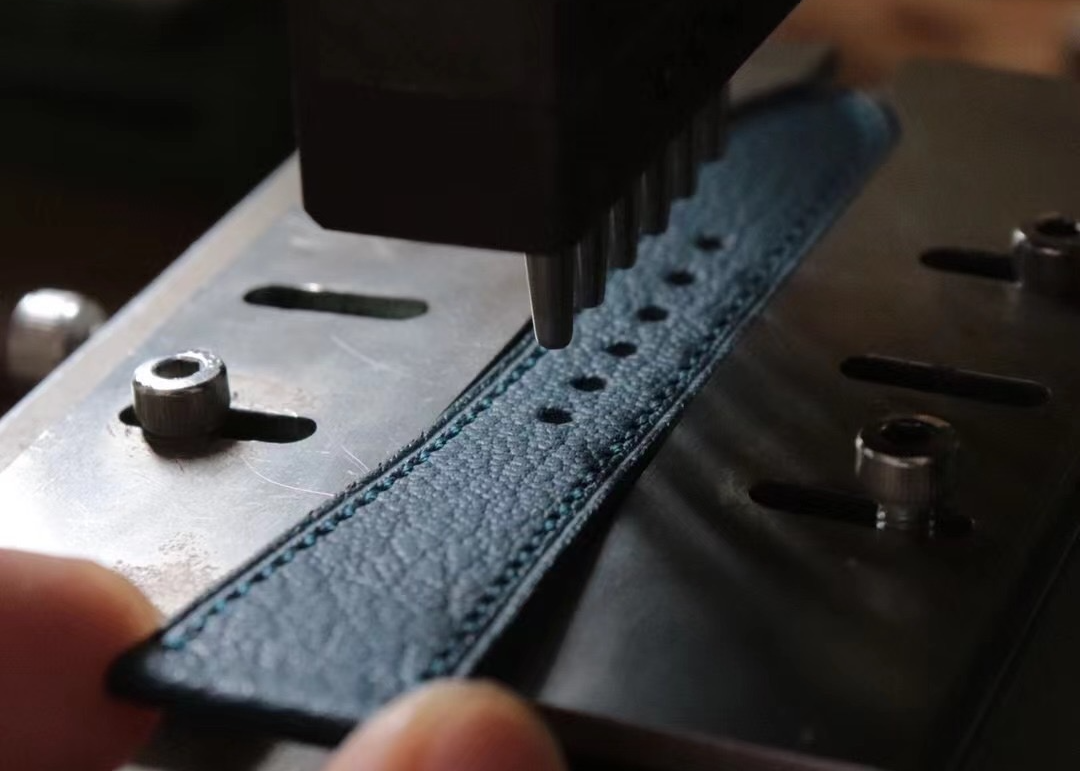
The Untold Story of Beijing Watch
Share
I've previously delved into the fascinating stories of Shanghai and DongFeng watches - from the first self-developed movement to the first Chinese military dive watch. Today, I turn my attention to another compelling story in China's vintage watchmaking history: the Beijing Watch 「北京表」.
My journey through Chinese horology has always been about more than just timekeeping devices. These watches are living artifacts—bearing witness to technological innovation, national pride, and cultural transformation.

Born from Determination: The Origins of the Beijing Watch
Unlike its contemporaries, the Beijing Watch emerged from sheer industrial determination amid limited resources. Founded in the late 1950s during China’s industrial infancy, the Beijing Watch symbolized a nascent nation’s aspiration for innovation and self-reliance.
In 1958, the Beijing Watch Factory (北京手表厂) was little more than a dream. With no factory, no specialized equipment, and barely any financial backing, a group of repairmen and workers embarked on an ambitious mission: to create China’s own wristwatch. Drawing on their modest experience in alarm clock production and guided by teachers and students from Beijing University of Technology, they painstakingly reverse-engineered a Swiss watch.
By September 1958, they achieved the impossible—producing their first batch of 17 watches. Though small in number, this milestone filled a critical void in Beijing’s industrial landscape and marked the birth of the Beijing Watch brand.

The First Generation: Type I Watches
These inaugural timepieces, branded simply as “Beijing” and designated Type I, were sophisticated for their era. Featuring a full steel case, a large three-hand design, 17-jewel movements, and water- and shock-resistant capabilities, they set a high standard for domestic watchmaking.
Learning from Peers: The Shanghai Connection
The watch's trajectory intersected with significant moments in contemporary Chinese history. In 1961, Premier Zhou En-Lai purchased his first Shanghai Watch, which he continued to wear until his death. Interestingly, that same year, the Beijing Watch Factory dispatched a 26-person delegation to the Shanghai Watch Factory, seeking knowledge and advanced manufacturing techniques—a strategic move that would prove crucial for their future development.

Evolution and Innovation: From Type I to Type II and Beyond
A pivotal figure in this evolution was Xu Yao-nan, who, along with 11 classmates from Tianjin University, joined the Beijing Watch Factory in 1962. Xu would become instrumental in shaping the factory’s design and manufacturing processes, leaving a lasting legacy in Chinese watchmaking.

Between 1963 and 1969, they produced 166,861 Type II watches. Today, these watches are rare, making them highly prized by collectors for their unique historical significance and craftsmanship.
In 1967, the factory introduced the Type V watch, an innovative design that consolidated the upper and middle watch movement splints—a technical advancement that streamlined production. The Type V was remarkably successful, with 1.5 million units produced, representing a significant achievement during a period of industrial capacity constraints.
A Closer Look: The Type V Beijing Watch - A Symbol of Revolutionary Ideology
Among the most intriguing examples of the Beijing Watch Type V model is this special variant that carries a deep historical significance. What sets this particular watch apart is the inscription on the dial: "為人民服務" (Wèi rénmín fúwù) - a phrase that encapsulates the very essence of revolutionary China.

Literally translated as "serve the people," this quote goes far deeper than its simple translation. Its true meaning encompasses "thoughts and actions that work for the people's interests" - a philosophical cornerstone that Chairman Mao first articulated in 1944. This phrase was ubiquitous, adorning everything from street walls in remote villages to the halls of Xinhua Men, the home of the State Council of the People's Republic of China.
The red text on these watches, allegedly painted using cinnabar, remains vibrantly visible decades later—a vivid reminder of the watch’s revolutionary heritage.

Strap Recommendations: Perfect Complements for Your Vintage Timepiece
- on the Beijing Type 5: Black Alran Leather
- on the Shanghai 1120: Brown Nubuck Leather with White Stitching
- on the Shanghai SS4, Black Nubuck Leather
- on the DongFeng ST5, Grey Alran Leather
Beware the Imitations: The “Tourist Watch” Trap
However, the watch's historical significance has also made it a target for imitation. The market is flooded with what collectors dismissively call "tourist watches" - cheap replicas often found in popular tourist areas. These counterfeits attempt to capture the essence of the original but lack the authentic historical and cultural depth of the genuine Beijing Watch.
Compared to its contemporary, the Shanghai Watch, which evolved more commercially, the Beijing Watch represented a different ethos—one of national pride, technological learning, and persistent innovation.

















